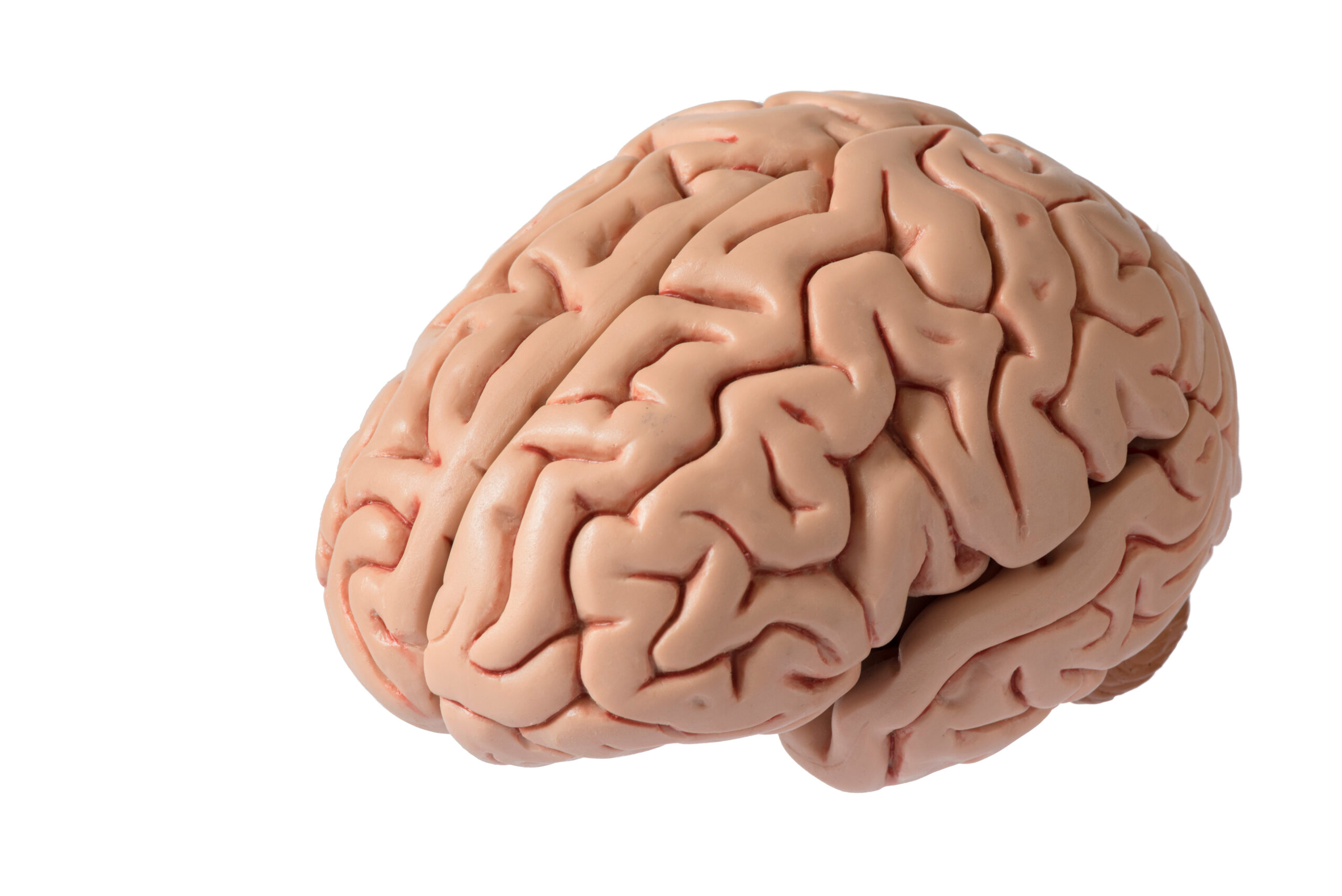How Your Childhood Shadow Games Honed Visual-Spatial Intelligence
### How Your Childhood Shadow Games Honed Visual-Spatial Intelligence
When you were a child, you might have played with shadows using your hands or toys. This simple game might seem like just a fun activity, but it actually helped you develop a crucial skill called visual-spatial intelligence. In this article, we’ll explore how these childhood games contributed to your visual-spatial abilities and why they are important.
### What is Visual-Spatial Intelligence?
Visual-spatial intelligence is the ability to recognize and organize images, including the world around us. It’s about understanding how things look and fit together. People with strong visual-spatial intelligence can easily visualize objects, spaces, and patterns. This skill is essential for many everyday tasks, from solving puzzles to navigating through a new place.
### How Shadow Games Helped
Shadow games are a great example of how visual-spatial intelligence can be developed. Here’s how:
1. **Understanding Shapes and Sizes**: When you create shadows, you start to notice how different objects can look when they are projected onto a surface. This helps your brain understand the shapes and sizes of things, even when they are not in their normal form. For instance, a toy car might look like a long, thin rectangle when it’s in the light, but its shadow could make it look like a short, wide rectangle.
2. **Imagination and Creativity**: Shadow games encourage imagination. You might try to guess what the shadow is or create stories about the shapes you see. This creative thinking helps your brain to think visually and spatially, making it easier to understand complex visual information.
3. **Pattern Recognition**: Completing puzzles or matching shapes in shadow games enhances your ability to recognize patterns. This skill is crucial for visual-spatial intelligence because it helps you see how different pieces fit together to form a complete picture.
4. **Visual Memory**: Visual-spatial intelligence often goes hand-in-hand with strong visual memory. When you play with shadows, you are training your brain to remember and understand visual information more effectively. This means you can recall details about shapes, sizes, and positions more easily.
### Other Activities That Enhance Visual-Spatial Intelligence
While shadow games are a fun way to develop visual-spatial intelligence, there are many other activities that can help too:
1. **Picture Puzzles**: Completing picture puzzles is another excellent way to enhance your visual-spatial skills. These puzzles require you to look at shapes and pictures to find where each piece goes, which improves your ability to recognize patterns and details.
2. **Sorting by Color**: Sorting objects by color helps your eyes learn to see and tell apart different colors. This activity also enhances your ability to categorize and organize visually, which is important for visual memory.
3. **Exploring the World Around You**: Simply observing the world around you can also improve your visual-spatial intelligence. Paying attention to how things look and fit together in your environment helps you develop a better understanding of spatial relationships.
### Conclusion
Your childhood shadow games might seem like just a fun activity, but they played a significant role in honing your visual-spatial intelligence. By understanding shapes, sizes, and patterns, and by encouraging imagination and creativity, these games helped you develop essential skills that are still useful today. Whether you’re solving puzzles or navigating through a new place, the visual-spatial intelligence you developed through shadow games will serve you well. So next time you see a shadow, remember that it’s not just a dark shape on the wall—it’s a tool that helped shape your brain’s ability to see the world in a unique and powerful way.





